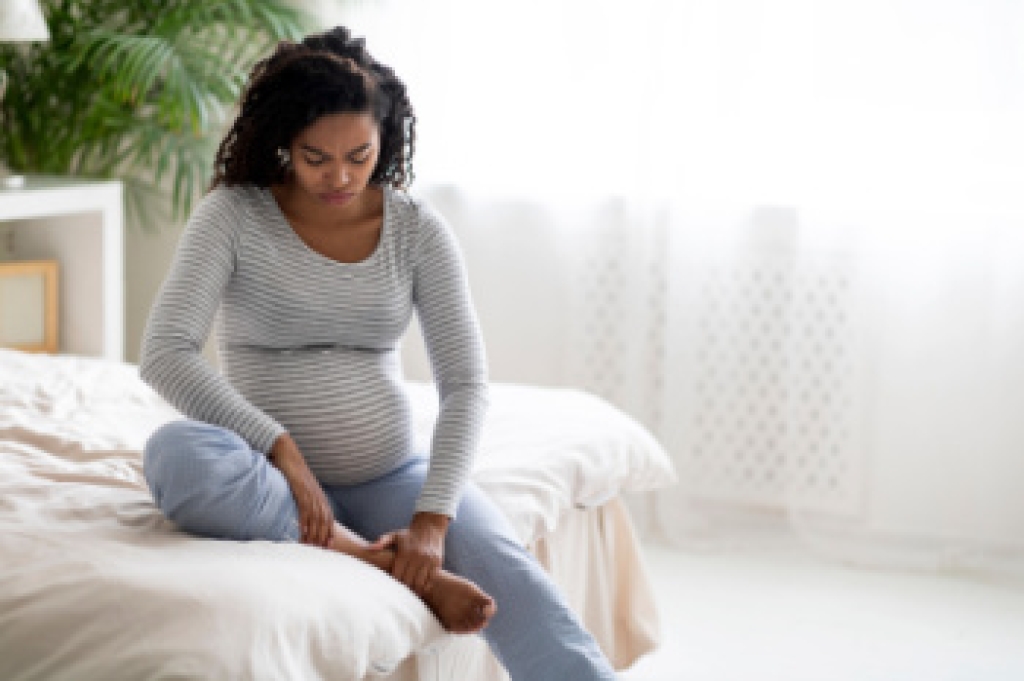
Ankle sprains are a common injury among volleyball players due to sudden jumps, quick lateral movements, and unexpected landings. These movements can stretch or tear the ligaments that support the ankle, causing pain and instability. Symptoms of an ankle sprain include swelling, bruising, tenderness, difficulty bearing weight, and a feeling of the ankle giving way during activity. If left untreated, repeated sprains can lead to chronic instability and long-term joint problems. A podiatrist can evaluate the severity of the sprain, recommend appropriate treatment such as rest or bracing, and provide guidance on proper footwear or supportive devices to prevent future injuries. If you have ankle pain or instability after volleyball activity, it is suggested that you schedule a visit with a podiatrist to restore stability, reduce pain, and protect your ankle for a safe return to the sport.
Ankle sprains are common but need immediate attention. If you need your feet checked, contact Theresa Brown, DPM from Essie M.B. Smith Foot Clinic. Our doctor can provide the care you need to keep you pain-free and on your feet.
How Does an Ankle Sprain Occur?
Ankle sprains take place when the ligaments in your ankle are torn or stretched beyond their limits. There are multiple ways that the ankle can become injured, including twisting or rolling over onto your ankle, putting undue stress on it, or causing trauma to the ankle itself.
What Are the Symptoms?
- Mild to moderate bruising
- Limited mobility
- Swelling
- Discoloration of the skin (depending on severity)
Preventing a Sprain
- Wearing appropriate shoes for the occasion
- Stretching before exercises and sports
- Knowing your limits
Treatment of a Sprain
Treatment of a sprain depends on the severity. Many times, people are told to rest and remain off their feet completely, while others are given an air cast. If the sprain is very severe, surgery may be required.
If you have suffered an ankle sprain previously, you may want to consider additional support such as a brace and regular exercises to strengthen the ankle.
If you have any questions please feel free to contact our office located in Montgomery, AL . We offer the newest diagnostic tools and technology to treat your foot and ankle needs.







